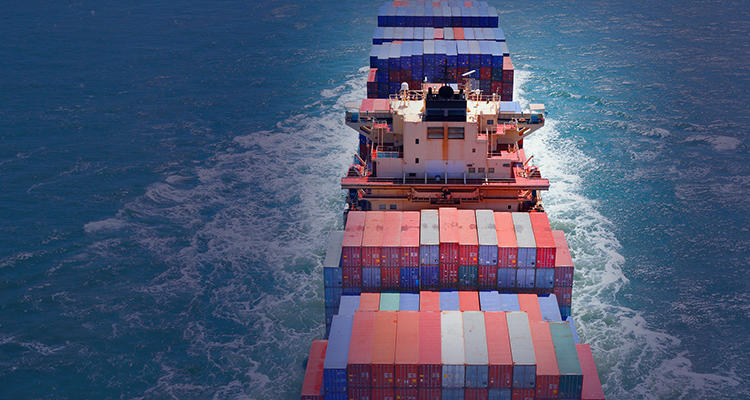
Loading method of Marine Freight
1. Bulk: It is a non-mainstream transportation method, but the profit is huge. It mainly involves low-value products. The imported commodities mainly include: coal, mineral sand, grain, fertilizer, feed, barley and other products. Exports are coke. , Bauxite and other products. They are usually transported by bulk ships.
2. Container transportation: The emergence of containers is a milestone in the development history of Marine Freight. It changed the pattern of world trade. Its specifications are mainly 20GP, 40GP, 40HC, in addition to refrigeration, frame, open top, and fuel tank. 20GP is a standard container, which is represented by TEU. Each port has more TEUs than others. Each container of the shipping company will have a container number, the first 4 letters and 7 Arabic numerals, for example: AMSU4567898. When the container is loaded, it will be sealed with the lead seal provided by the shipping company, and each lead seal has a number. Once the box is opened, the lead seal will be damaged, and it is easy to distinguish the responsibility for the loss of the goods. The shipping company only needs to transport the heavy container to the designated place and ensure that the lead seal is intact, even if the shipping task is completed.
Container loading needs to be transported by special container ships. The carrying capacity of the mother ship is generally 2000-6000 TEU, and the load of the barge is generally 200-400 TEU. (Barge is also called child ship or small boat, and mother ship is also called big ship or sea ship) Each ship has a specific name and a voyage number. Unlike the air flight number, the ocean freight voyage number can only be used once. V.XXXE means that the mantissa E means export, and the mantissa W means import.





Leave a comment